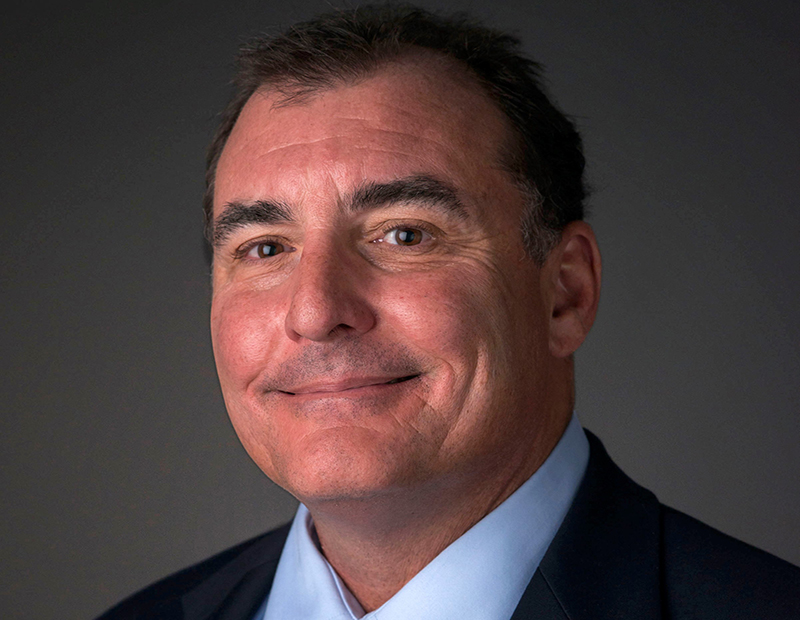Will 2022 Be Another Boom Year for CMBS?
Investor interest remains high, but looming factors could impede volume.
In its November CMBS outlook, KBRA noted that the delta variant was subsiding, the economy was improving and commercial real estate was recovering. The company forecast commercial real estate securitizations to be between $150 billion and $165 billion this year.
In a January podcast, Trepp executives shared a positive economic forecast, with inflation, supply-chain issues and low labor force participation likely to be resolved. The firm also stated, however, that omicron accounted for the majority of COVID infections and that there were signs of turmoil in the office sector. For example, the CMBS delinquency rate for office properties rose in December by 72 basis points over the previous month.
Yet there’s ample reason for optimism about CMBS in the coming year, particularly since improving property markets, low interest rates, and low interest rates pushed issuance last year to $110 billion, according to Trepp. That’s about double 2020’s $54.2 billion and the most issued since 2007 when $230 billon was issued.
“I think it’s going to be a good year for CMBS, if you have good sponsors and good products,” suggested Zachary Samton, co-chair of real estate finance at Cozen O’Connor, noting CMBS offers better loan-to-value than many other borrowing options. “The bond buyers will continue to be there.”
Further, in a year-end 2021 report, Trepp/Commercial Real Estate Direct highlighted an ongoing decline in CMBS delinquencies since they peaked in June 2020, at $54.29 billion (or 10.32 percent of the then CMBS universe). As of the end of November, the report stated, just $24.53 billion in loans (4.4 percent of the universe), were classified as at least 30 days late with debt-service payments.
In parallel to that, special servicing volume declined by 27 percent, in what Trepp labeled a “year of recovery.” Through November, the total of CMBS loans in special servicing was $38.73 billion (6.95 percent of $558.13 billion) vs. $55.75 billion (9.81 percent of $539.48 billion) at the start of 2021, according to Trepp data.
“You’d think there would be more blood in the water, but there isn’t,” remarked Gabriel Silverstein, managing director of SVN|Angelic and chair of SVN’s Institutional Capital Markets group.
Return to Office. Or Not Yet?
What would really reduce those delinquencies, at least in the office sector, would be the much-discussed return to the office, which had been widely expected to start at the beginning of the new year but was short-circuited by omicron. But despite the uncertain horizon for office properties, about $30 billion of office-property loans were securitized last year, with most being large single-asset/single-borrower transactions. (SASBs accounted for a surprising $77.7 billon of the total $110 billion of CMBS in 2020 vs. $24 billion in 2020, according to Trepp. Conduits were steady at $30 billion of the volume.)
“There’s going to be a return to the office,” insisted Rich Highfield, head of CMBS lending at Greystone, adding that he expects office users to require more space than previously.
He also sees opportunities for CMBS in other COVID-sensitive sectors, like hotels. “We are approaching a time when people get tired of following all the rules,” he continued.
Silverstein agrees that COVID fatigue is real, and that, at some level, CMBS becomes “numb” to the ongoing pandemic news. One residual effect of the pandemic in the near term, however, he believes, will probably be shorter-term lease renewals.
Not everything is affected by COVID. “Manufacturing and industrial has held up quite well,” Samton pointed out. “Self storage is very hot.”
Multifamily is also doing very well, while hospitality might see a rebound in the spring and best-in-class retail assets will do fine, he noted.
Besides, over a typical five- to seven-year lending time frame, better vaccines and therapeutics will certainly be available, making it less likely that COVID will be a long-term factor in commercial real estate, Samton stated.
When the Fed Stops the Music
For many, the Federal Reserve is more concerning than COVID. “What I worry about more than COVID is an environment of rising rates,” Samton commented, noting higher rates may result in more CMBS activity in the first half of this year than the second half. But the Fed may start raising rates as early as March.
Loan maturities are another challenge. As a CMBS lender, Greystone is generally financing 10-year loans, so currently the 2011 and 2012 loans are reaching maturity. In addition, two- or three-year bridge loans have been very common over the past four to five years, as have CLOs.
“There’s a good quantity of loans to weed through,” Highfield explained.
Loans coming up will have significant amortization, with many between 17 percent and 19 percent amortized. But if a tenant has only 5 percent of its employees sitting at desks, that could be problematic. “It’s going to take a lot of manual labor,” noted Highfield.
A Better-Securitized Product
In a recent podcast, Trepp Senior Managing Director Manus Clancy noted that “2021 felt a lot like 2005,” in terms of factors like price appreciation, compression in lending spreads and cap rates, and rising commercial real estate securitization activity.
“So the question is,” he continued, “are we at the start of a cycle that will ultimately lead to more pain, or will this time be different?”
But there are distinct differences, also.
“The market is starting from firmer footing,” he contended. “For the most part, lending discipline has held up, leverage has remained range-bound for CMBS loans, and post-GFC deal structures protect CMBS buyers with considerably more subordination protection.”
Others agree that CMBS 2.0 is just a stronger product than what existed before 2008-09. “There’s a lot more market-driven policing … we’ve never gotten back to 80 percent LTV on pro forma numbers,” said Silverstein. “CMBS has kind of grown up.”
Looking ahead, Silverstein says 2022 is likely to be the best CMBS year in a decade, in terms of dollar value of new issuances.
At the end of 2020, Highfield was asked for his CMBS forecast for 2021. He predicted between $80 billion and $90 billion, but it turned out to be about $110 billion. Right now, his 2022 forecasts range from $90 billion to $140 billion, and the average is $117.6 billion.












You must be logged in to post a comment.